September kicks off hunting season in the United States. If you are an avid hunter, or know of one, their dog of choice might be a German Shorthaired Pointer. These noble, athletic dogs thrive on the outdoors and are always up to physical activities. They are known for being the best hunting and family dogs with their unique combination of being easy to train while still adventurous and energetic. They are considered versatile hunters and all-purpose gun dogs. Read on for more information about this unique dog breed.
German Shorthaired Pointer dogs have many names: German Shorthaired Pointer, GSP dog, German Pointer, German short hair pointer, Shorthaired pointer, Shorthair hunting dogs, and simply GSP Point. Because the name is long, we will abbreviate to GSPs or spell it out to German Shorthaired Pointers.
Many dogs make adorable puppies, but GSPs are especially cute! Check out these pictures of adorable German Shorthair Pointers!
German Shorthaired Pointer Breed History
GSPs come from a long line of hunting in their background. The German bird-dog tradition dates to the early 1700s. Master dog breeders worked with German Prince Albrecht zu Solms-Braunfels to create the perfect yet versatile bird dog. They goal they accomplished was bringing these traits together into one great dog:
- Pointing bird dog
- Keen nose for scent tracking
- Proven duck dog
- Natural retriever on land and water
- Beautifully packaged dog
- Smart, highly intelligent
- Wonderful family dog and companion
The result of these combinations was the German Shorthaired Pointer in all its beauty.
Between World War I & II, the breeding of the German Shorthaired Pointer lagged. It wasn't until after WWII that Americans began noticing the GSP in various publications for their hunting prowess. Brothers who served the Armed forces in WWII and lived in Wisconsin are credited for bringing the GSP to the United States. This was not an easy task, because the Germans did not want their breed to be located outside of the country. From there, they were able to bring more dogs and they populated in the northern United States. It was in 1935 that there were enough in the United States that the American Kennel Club (AKC) was able to make them an official breed.

German Shorthaired Pointers love to Hunt
According to the U.S. Fish & Wildlife Department, hunting is enjoyed by many people. A U.S. report on the economic impact of hunting showed that there are nearly 11.5 million people who participated in hunting. One of the popular forms of hunting is waterfowl and birds with 2.6 million active hunters.
It is no surprise that the GSP is America’s bird dog. They are extremely versatile hunting dogs. They are known to be able to do it all in the field: catch the scent, hunt, point, and retrieve on land or in the water. GSPs are excellent swimmers. Because of their short coat, they do get cold in the winter.
If you don’t hunt, no problem! All GSPs love a great game of fetch and they never grow tired of chasing the ball. Many families spend a lot of time outside with their dogs playing fetch.
German Shorthaired Pointer Breed Standards
One of the most interesting breeds out there, GSPs are really known for their interesting colors. However, their breed standard details are:
- AKC Breed Popularity: 9 out of 204 Dog Breeds
- Year recognized as a Breed by the AKC: 1935
- Group: Sporting
- Size: 21 – 25 inches
- Weight: 45 -70 pounds
- Lifespan: 10 – 12 years
- Temperament: Friendly, intelligent, responsive, quick learners
- Trainability: Highly trainable, high energy, strong natural prey drive
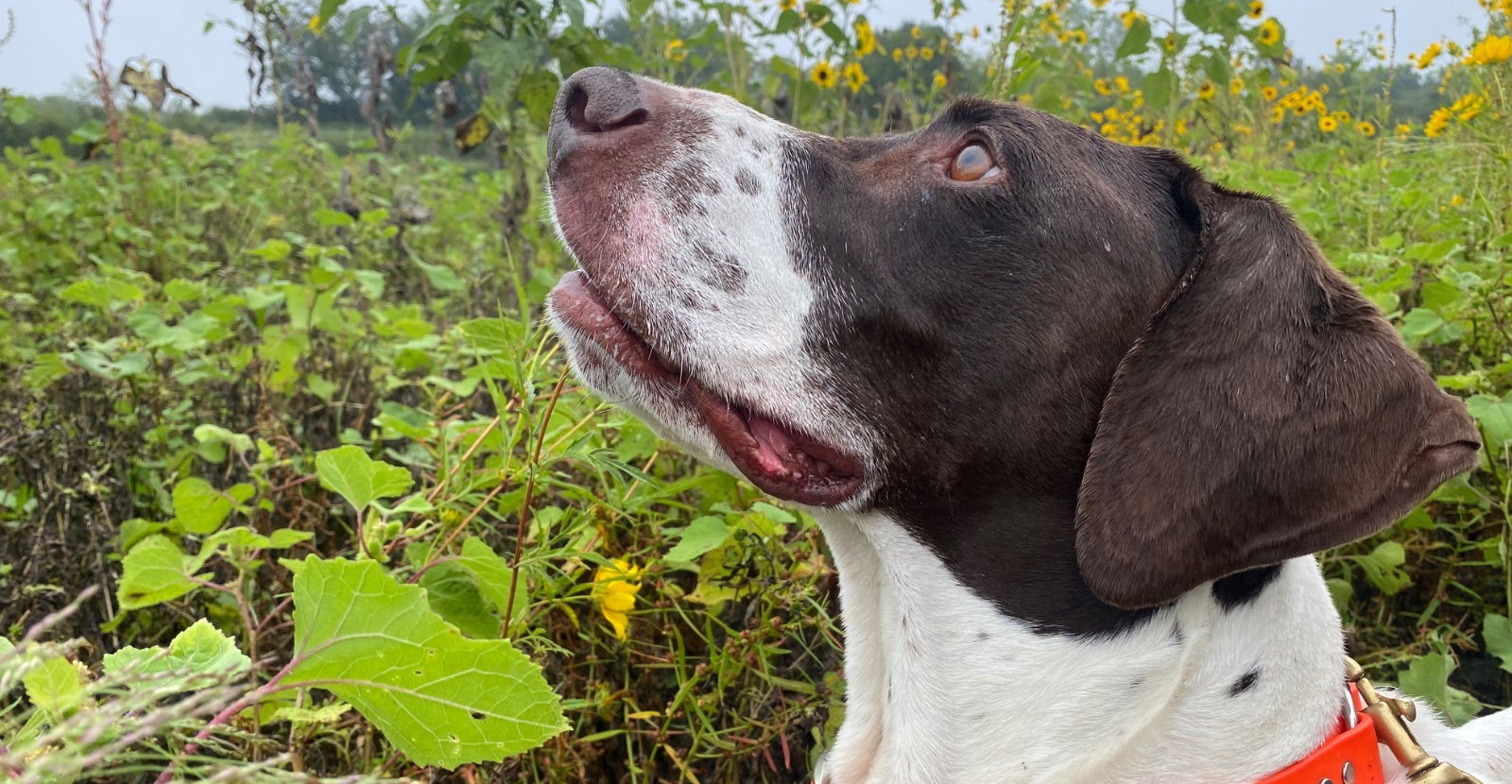
Uniquely German Shorthaired Pointers: Color of Their Coats
The hair of a GSP is short and thick and feels coarse to the touch. The GSP hair is softer, thinner, and shorter on the ears and the head. The color of the coat is what makes them unique. Sometimes, their coats are so spotted, they are mistaken for Dalmatians to the untrained eye. Of course, Dalmatians have black and white spots, while the German Shorthaired Pointers’ spots are brown in color, officially known as liver. There are 6 types of coloring on the GSP are:
- Solid liver
- Liver and white
- Liver and white patched
- Liver patched and white ticked
- Liver and white ticked
- Liver Roan
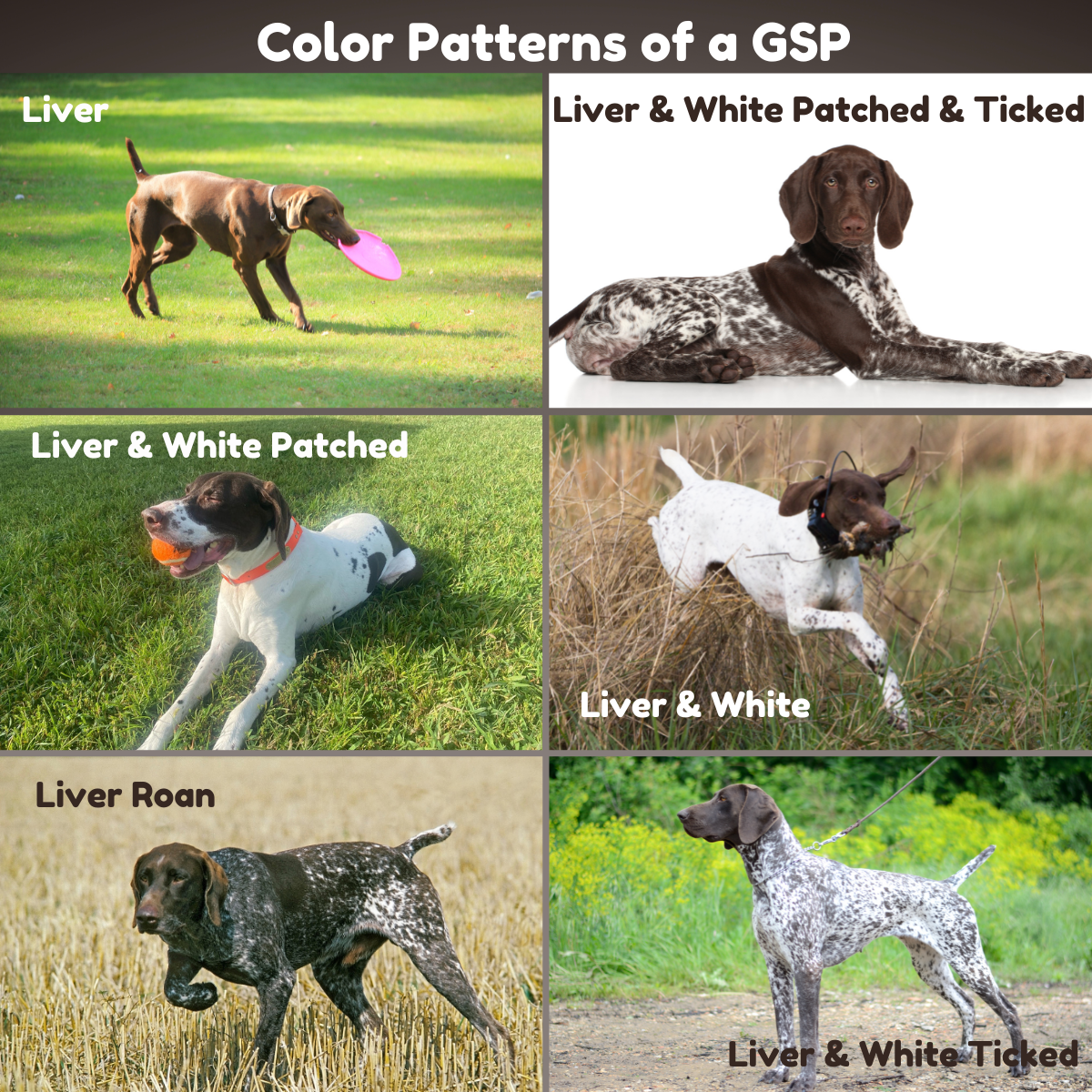
Are German Shorthaired Pointers Good Family Dogs?
German Shorthaired Pointers are great family dogs! These dogs love to be outside and with kids running around. Pointers are happy dogs, especially when outside and exercising. If you are a non-active family, this might not be the dog for you. But if you are an active person and love to play catch with balls, you found your dog breed!
Are GSPs Hypoallergenic?
While no dog is 100% hypoallergenic, there are some breeds that have fewer allergens than others. The German Shorthaired Pointers is not one of them. GSPs are not hypoallergenic dogs. German Shorthaired Pointers do shed. While they do shed, their hair, by their name, is short so it isn’t as messy because of the length.
Top Health Problems of German Shorthaired Pointers
GSPs are large, healthy dogs. Just like all dogs, they can have inherited diseases and health conditions related to their breed. If you have a German Shorthaired Pointer, be familiar with their top health problems so you are aware. Of course, this does not mean your dog will have these problems; it only means they are more at risk than other dogs. They are:
- Bloat. GSPs and other large breed dogs are 5 – 8 times more likely to suffer from bloat because they have a high height-to-width ratio. Bloat is a complex, gastric issue and is a medical and surgical emergency. Should you suspect bloat, time is of the essence. If you have a GSP, be familiar with the signs and know where to go. Some say you have 5-10 minutes of response time to get to the veterinary hospital to save a dog with bloat.
- Hip Dysplasia. German Shorthaired Pointers are very athletic and active. As hunters of birds or balls you throw, they go all in with their running and quick reflexes. This level of activity often puts stress on the hip joints of a dog their size. Joint problems can arise, especially in the ball and socket joints. This causes pain and impacts their mobility. It can be mild or extreme, needing attention. If you notice stiffness or signs of lameness in your dog, it is recommended to take your dog to a veterinarian for review. Many dogs live active lives with both hip and elbow dysplasia. The key is to treat it earlier, rather than later.
- Osteoarthritis, or arthritis in dogs. Because of the natural ability to run distances, joint problems can arise, making German Shorthaired Pointers at very high risk for osteoarthritis. Arthritis is as painful for dogs as it is for humans. And just like humans, there is something you can do about it. Learn more about arthritis in dogs and check out all the risk factors.
Glyde™ Mobility Chews
Parnell Living Science is the expert on osteoarthritis (OA) or arthritis in dogs. We created a unique formula with key anti-inflammatory ingredients to combat the signs of aging. Glyde uses natural, gluten-free ingredients to promote healthy joints to let your dog do everything he or she loves to do! Glyde is the only nutraceutical that contains proven levels of three key components that work to relieve the painful signs of arthritis. Glyde's proven formula has all-natural ingredients and high levels of glucosamine and chondroitin, plus Green Lipped Mussel (GLM).
The proven levels of these key ingredients are what makes the formula unique:
- New Zealand Green Lipped Mussel (GLM): A powerful anti-inflammatory
- Glucosamine: Reduces cartilage degradation
- Chondroitin Sulfate: Helps rebuild cartilage
Protecting a dog’s ability to run and play is key to preserving its quality of life. That’s why early recognition and treatment of osteoarthritis (or arthritis in dogs) is so important. 20% of dogs over the age of 1, and 80% of dogs over the age of 8 will shows signs of OA. Glyde can help protect your dog from signs of aging through arthritis.
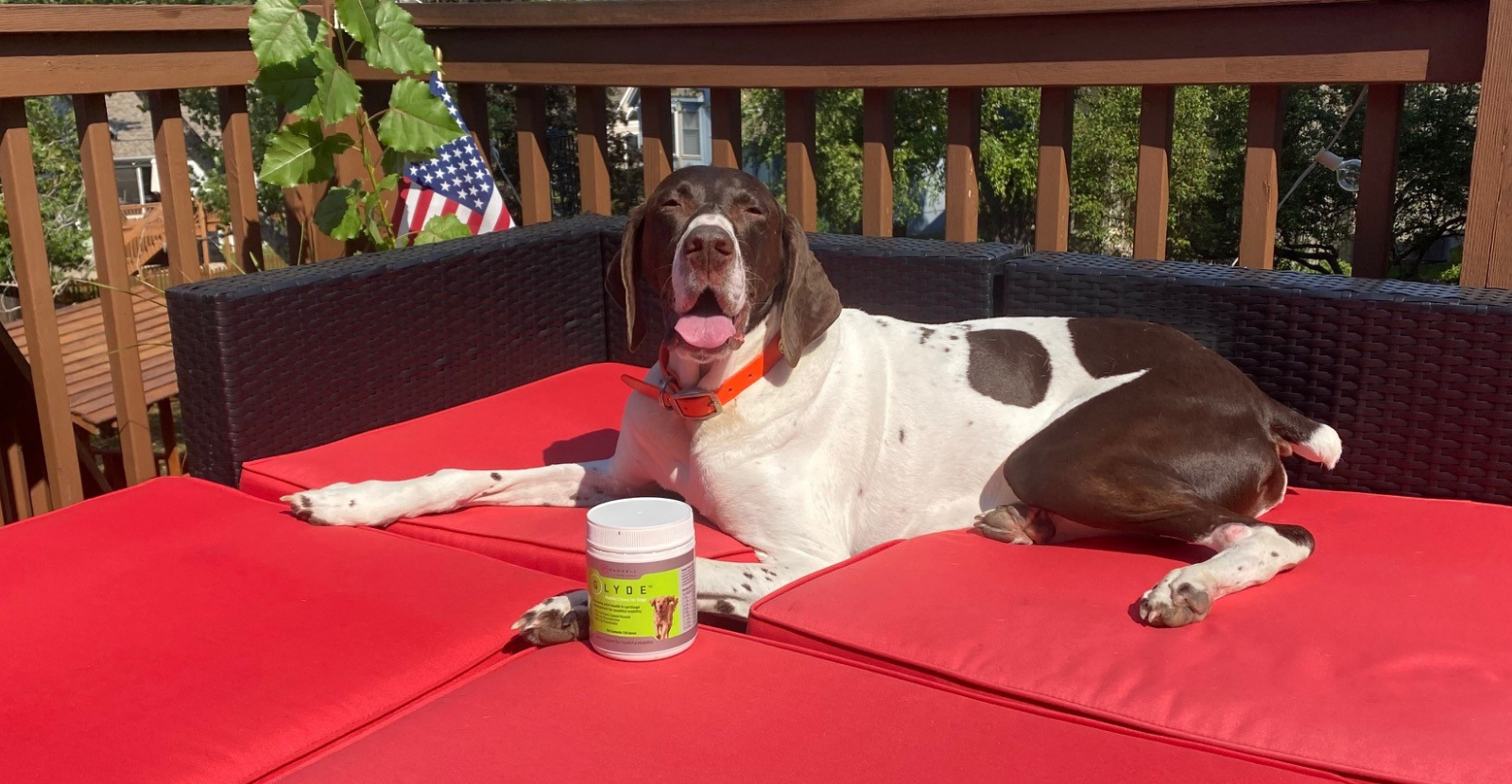
Meet Chester the Bird Hunting Dog
Chester is a beautiful German Shorthaired Pointer who came to us when he was age 8. According to Chester’s dad, Sam, he had noticed how Chester had slowed down a bit since being a puppy. Chester has been trained to bird hunt. According to Sam, it's part of Chester's DNA. Sam started this year’s hunting season armed with Glyde™ Mobility Chews for his dog. His goal was to keep his joints protected so he could be the avid bird hunter he was born to be.
“Chester is a big part of the fun of getting out with nature when my son and I go hunting. It’s our tradition to get out during Labor Day weekend and start with dove hunting. We have a great connection and love for the outdoors. Chester does too. He can sit out there for hours with us. Since we started with Glyde, I’ve noticed that Chester is back to his active, puppy self. Chester is always wanting to be outside. We can play ball in the dog park with the Chuck-it for hours. I tire before Chester does now with the help of Glyde.”
— Sam, Chester’s Dog Dad
Big Win for the German Shorthaired Pointers
In 2016, the nation was taken by storm by a beautiful German Shorthaired Pointer named C.J., which stood for "California Journey." CJ followed her grandmother's footsteps and won Best in Show at the renowned Westminster Kennel Club Dog Show.
No matter what you do with your GSP, whether it's a hunting dog or a family dog, hopefully, this information will give you some great background on how to keep your German Shorthaired Pointer happy and healthy for years to come.
What did we miss? Let us know in the comments on our social sites. Check us out on Facebook, Instagram and Twitter.
Resources:

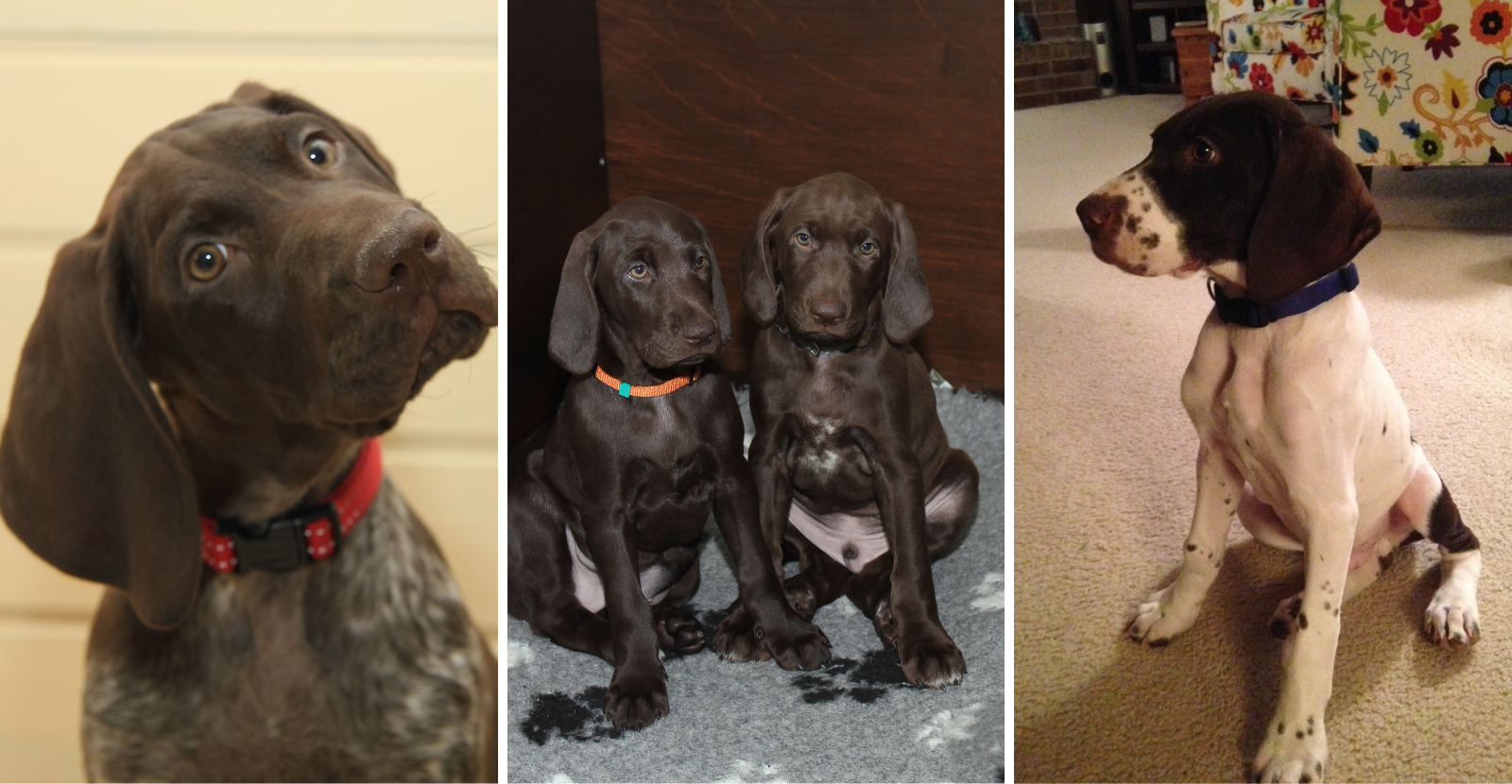

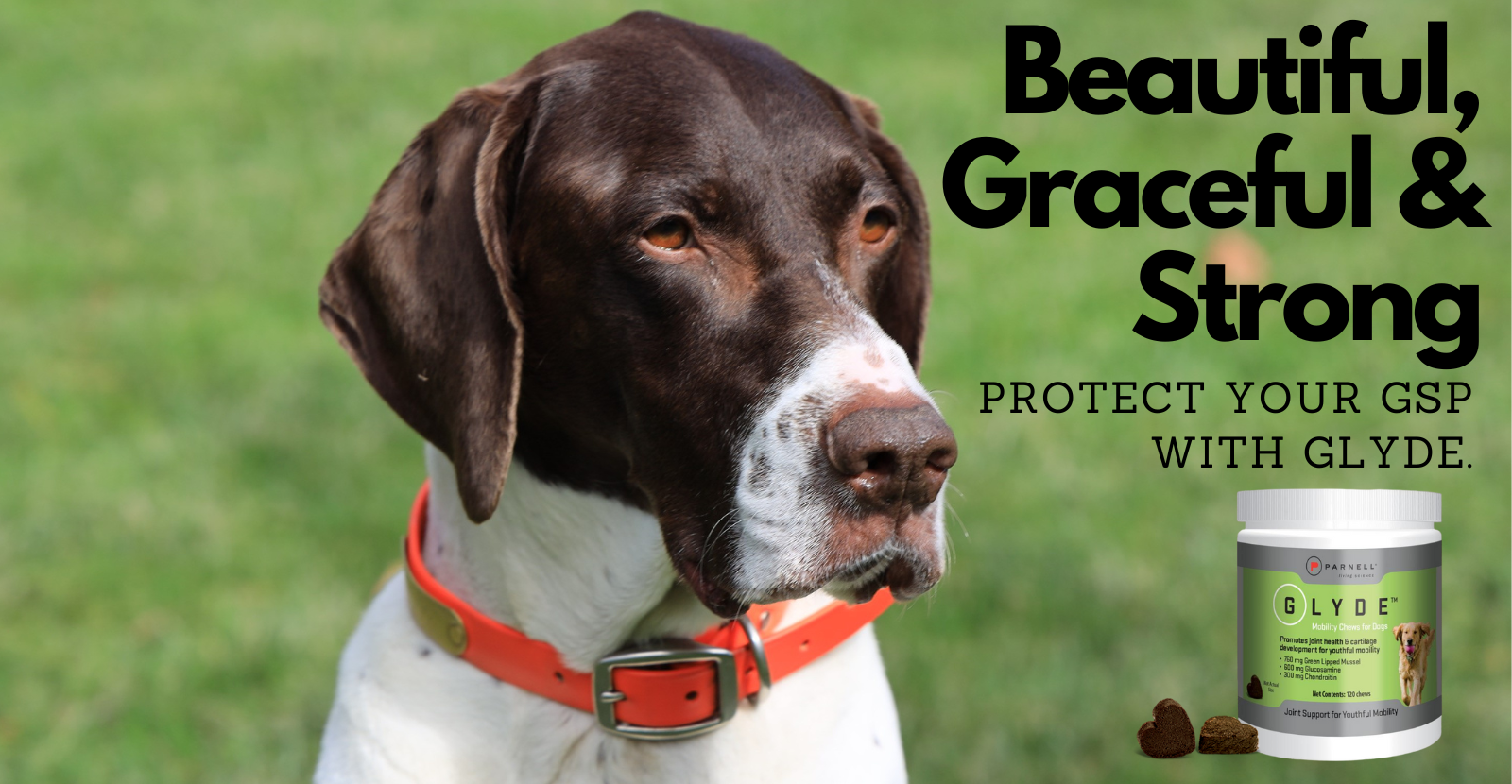
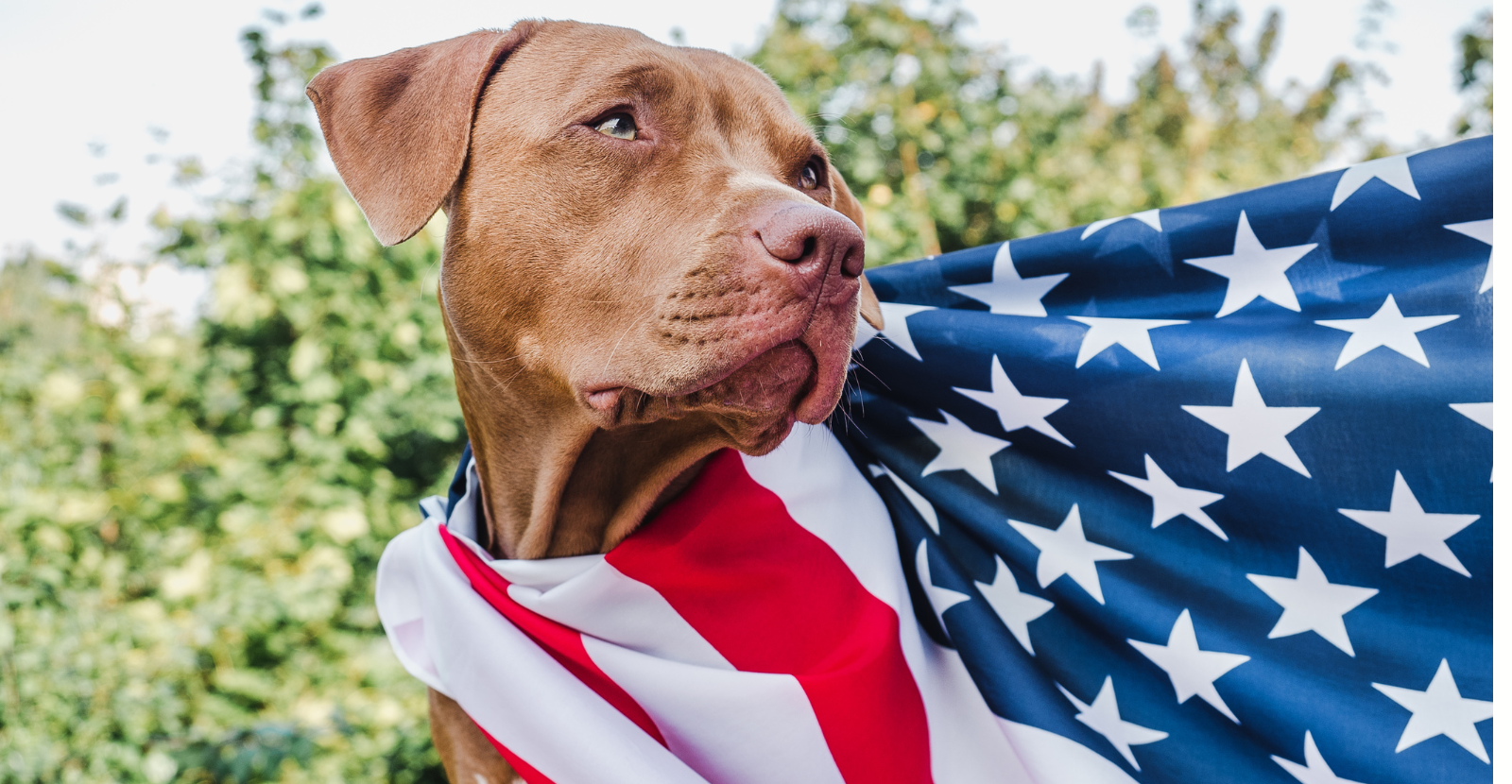
.png)

